Update. After half day googling. I read the following at https://e2e.ti.com/support/microcontrollers/msp-low-power-microcontrollers-group/msp430/f/msp-low-power-microcontroller-forum/904250/msp430g2403-how-to-check-the-fuse-is-formally-blown-with-launchpad
"Hi support,
I am working on MSP430 G2 family, and I would like to check formally if the fuse is blown. I have only the LaunchPad programmer board, but with this board, and the TI win32 application MSP430Flasher.exe, there is no formal check to distinguish whether the fuse is really blown or the hardware setting is not correct. It gives basically the same error. Deeper verification can be done on some hardware as Replicator with function IsFuseBlown() but this seems to be not supported by LaunchPad embedded firmware.
IsFuseBlown()verify that TDI signal is returned on TDO delayed by one TCK pulse, and so giving high confidence that fuse is really blown and MCI is not out of order or hardware setup is incorrect for this verification. I precise that the MSP430 target is already on PCB and I cannot rely on operation done before."
Also https://www.ti.com/lit/slau320
Question: Is IsFuseBlown()verify mentioned above implemented in the Msp-Fet430UIF and Msp Flasher? I cant participate at the TI site because I dont have company account there.
Original message:
When JTAG fuse has been blown in MSP430 MCUs. There is no longer any access to JTAG. How does the MSP-Flasher know whether security fuse has been blown in the MCU in intact device versus not able to detect the device (or unknown device). I tried MSP-Flasher and got this error:
The following is from the user manual showing the screenshot of "Security fuse has been blown". In other words, when security fuse has been blown, all JTAG access was lost, so how could MSP-Flasher know if there is still an MCU and show error "Security fuse has been blown". Is it not the same as "Unknown device" since it can't detect the MCU presence because of lack of JTAG access?



